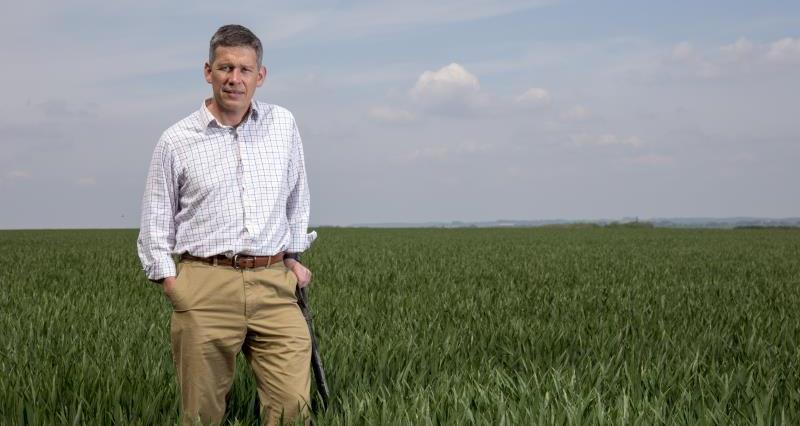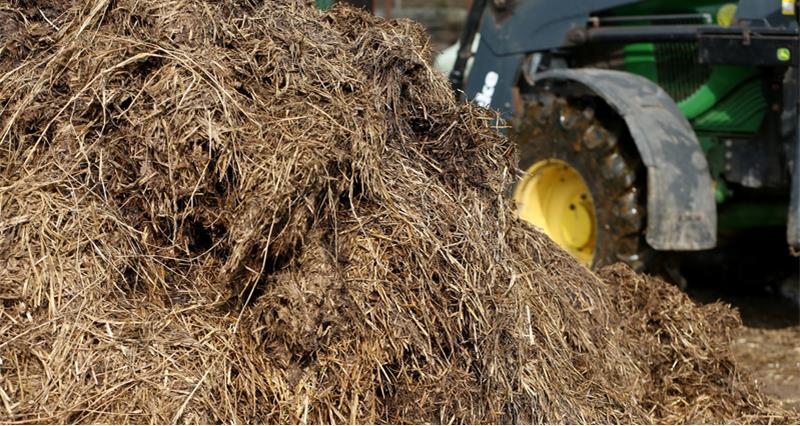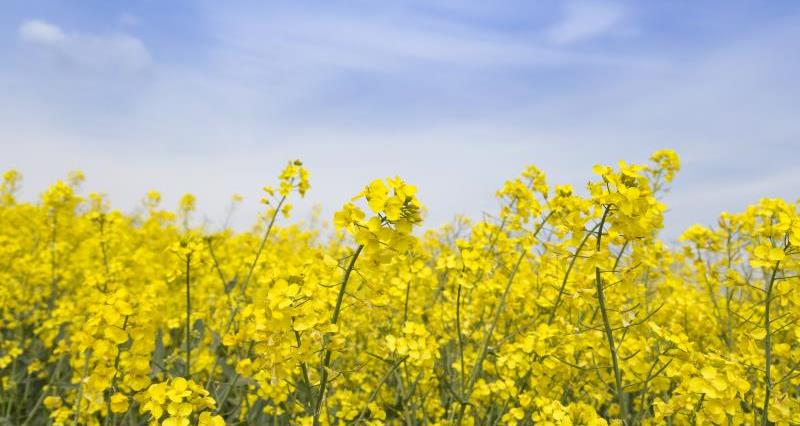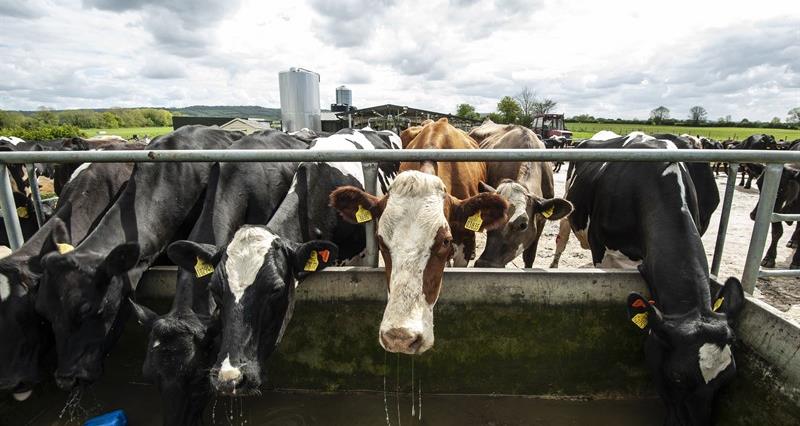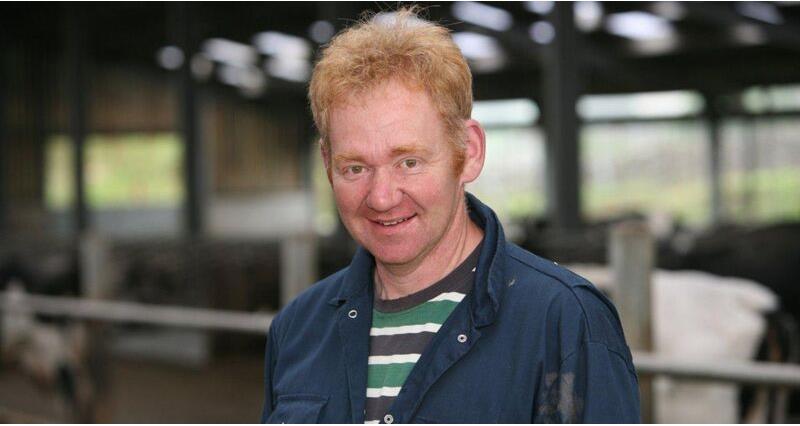In 2007, Hollygate Farm saw the last of the pedigree South Devon single-suckler pedigree beef herd leave for a number of reasons, not least of which were the forthcoming restrictions on permanent pasture, increasing risks to direct payments associated with cross-compliance requirements, and the economics of managing a small herd alongside the arable enterprise.
Having subsequently lost significant quantities of farmyard manure previously utilised within the arable cropping rotation and not wanting to take the risk of importing weed seeds from other FYM sources, I had to look elsewhere for the nutrition and organic matter to maintain and improve soil health, long before the principles of ‘regenerative agriculture’ became ‘fashionable’.
Making use of bio-solids
As a now solely arable farm with a wide cross-section of soil types, growing predominantly winter sown cereals and oilseed rape, with pulses as an additional break crop, I was looking for something to help reduce inorganic fertiliser costs while boosting yields in the longer term by increasing organic matter and therefore soil health, and resilience to weather events.
Being situated in south Nottinghamshire and within the Severn Trent catchment area, the obvious option was to make use of the bio-solids being produced at a number of relatively local processing sites.
This fitted well with not only the crop nutritional benefit but also the maintenance of organic matter supply.
Rotational approach
The added benefit of a deliver and spread service to bare ground after harvest also freed up more time for autumn cultivations as I am principally a ‘one-man band’ operation and at the time was operating a mainly plough-based system, although that has evolved over time to much more of a rotational approach where required.
While some growers have used bio-solids prior to OSR establishment, I prefer applications post-OSR because I need to maintain an un-compacted surface layer for till-seeding OSR where seed to friable soil contact is key. This point in my rotation seems to ‘fit’ best to allow timely incorporation for following cereal crops.
Typically I apply at rates of around 20 T/Ha while following updated restrictions within the Farming Rules for Water.
Increase in crop biomass
Not only have I noticed improved soil structure, with associated benefits for reducing cultivation costs and time-consuming plough based operations; but I also noticed significant increases in crop biomass and therefore through harvest index to enhanced yields, particularly helped by improved crop canopy development and ground cover on our lighter soils in the main grain-filling period.
Straw yield has also increased.
My analysis results show that in a typical application there is 240 Kg/Ha N, 400Kg/Ha P, and 60 Kg/Ha S, of which 10%, 50%, and 30% respectively would be available in year one, and consequently is made allowance for.
Utilising bio-solids requires an awareness of contractual restrictions on end-market crop use, but it can be a useful tool in the ever-greater challenge of obtaining crop nutrition and soil improvement.
